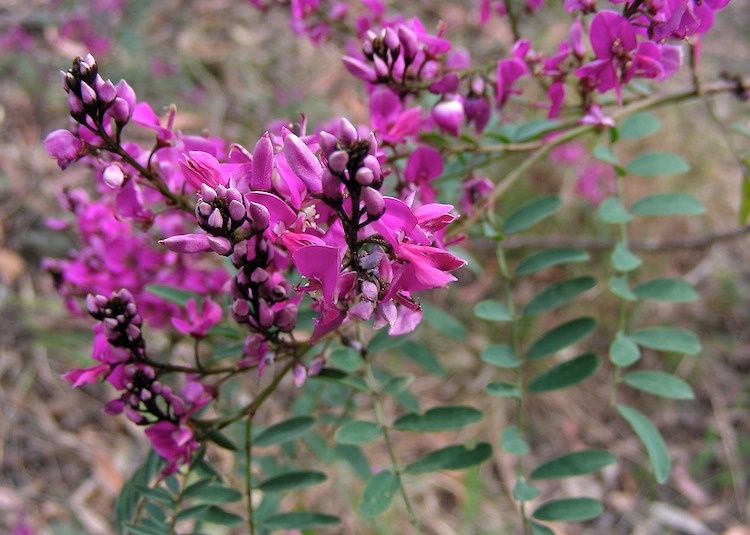What Are the Best Plants for Clay Soils?

Clay Topsoil
For many homeowners who love working on their garden, clay soil isn’t typically met with much enthusiasm. The general impression is that clay can be quite difficult to work with and that only a few plants can successfully grow in it.
For the most part, these can be true — but only if the clay soil is improperly handled. With the right knowledge and technique, your garden can actually flourish even if you have clay soil.
Here are some key tips for properly preparing clay soils:
- Work with clay soil only when it is damp — never while wet or very dry. The structure will only yield lumps of mud (when wet) or turn into a mass of dust (when too dry).
- Never use a rotary hoe to work clay soils because it will create a hard layer beneath the surface.
- Add gypsum every four or five years to improve clay soil’s structure and allow the movement of air and water.
- Apply organic materials like humus and soil microbes (fungi and bacteria) to nourish clay soils.
Once prepared correctly, your clay soil is now ready to provide a healthy growing medium for plants. Below are some of the best plants for clay soils:

Calytrix Tetragona
Acacia fimbriata. Also known as the Brisbane golden wattle, this bushy shrub or small tree produces clusters of ball-shaped flowers with a pleasant scent.
Banksia “Giant Candles.” This plant produces orange flower spikes that can grow up to 40 centimetres long.
Callistemon “Little John.” This boasts blue-green foliage and can reach a height of 1.5 metres.
Calytrix tetragona. The plant yields bright green foliage and white to deep pink star-shaped flowers during spring.
Dianella revoluta. This is known for flax-shaped leaves, bright blue flowers, and globular fruit in a deep blue shade.
Eucalyptus cinerea. Also called “Argyle Apple,” this small to medium sized tree shows reddish-brown to greyish-brown fibrous bark and distinctive dense silver-blue foliage that is highly attractive.

Indigofera Australis
Grevilla x gaudichaudii. This plant is a vigorous-growing groundcover. Its leaves are oak-shaped and its flowers are deep red and appear like toothbrushes.
Hardenbergia violacea. This is a trailing plant that can be used as a climber for covering fences. The pea-shaped flowers that emerge in the spring range from white to pink to purple.
Indigofera australis. This is an open spreading shrub that produces blue-grey foliage and mauve pink pea-shaped flowers in sprays.
Westringia fruticosa. This hardy coastal plant shows off blue-green foliage and white flowers all year round.
Xerochrysum bracteatum. Also known as Dragon Hill Monarch, this plant has large grey-green leaves and produces large flower heads during spring, summer and autumn. Its everlasting flowers are white through bright yellow.
If you need a hand in the garden, don’t hesitate to call Jim’s Mowing on 0800 454 654 or book online for a free, no-obligation quote!


